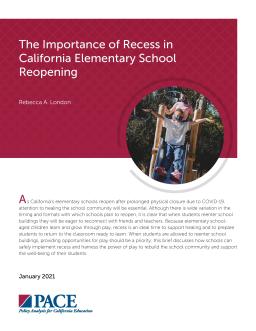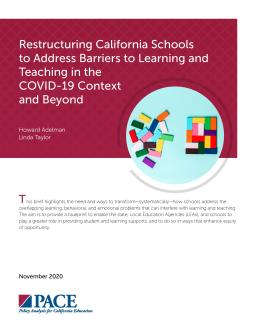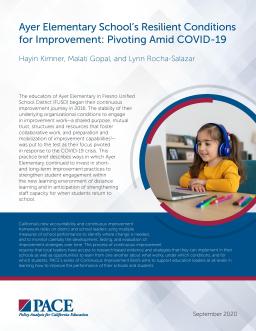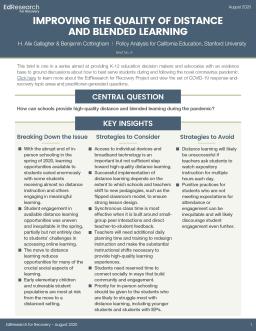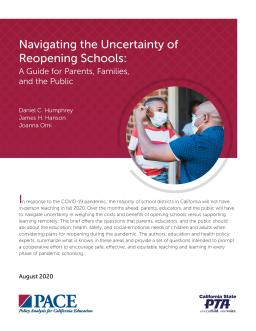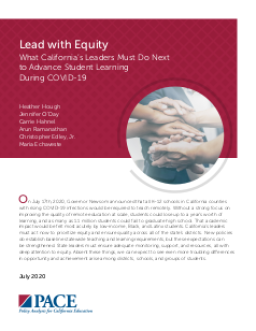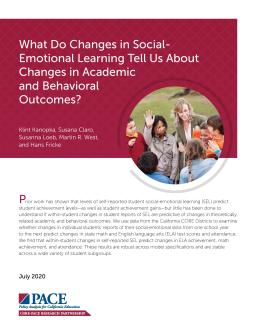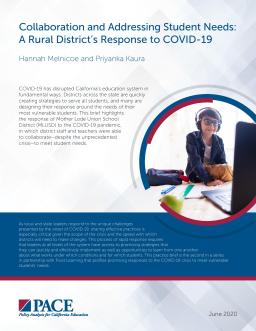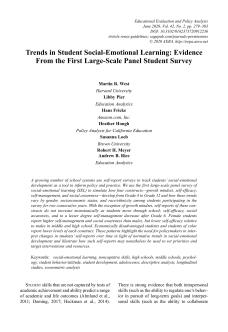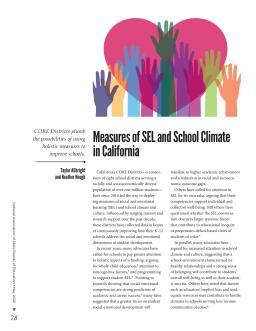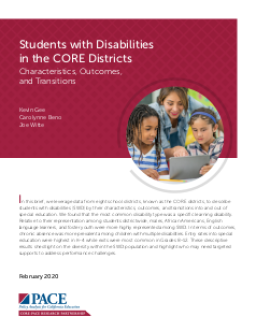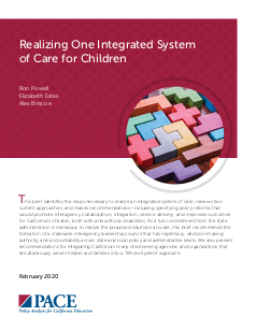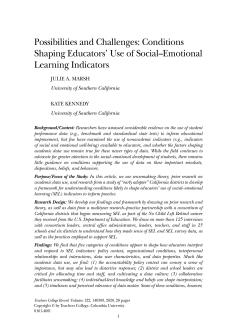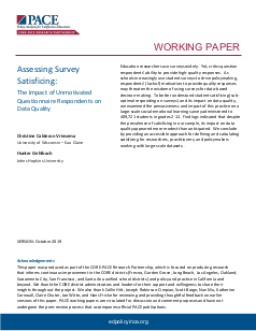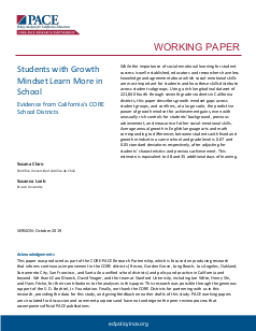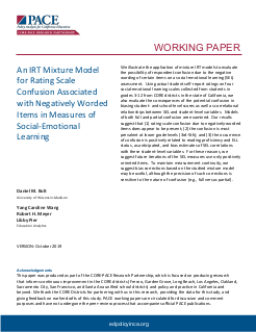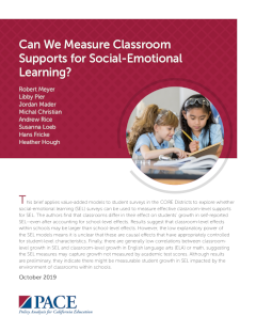Summary
Summary
Summary
Summary
Summary
Summary
Summary
Summary
This brief summarizes the current evidence base on multi-tiered trauma-informed practices in schools to prevent, assess, and address trauma in students. Although the effectiveness of trauma-informed approaches is limited, the most compelling evidence comes from the more intensive tiers. Recent guidance on addressing trauma comes from expert and practitioner experiences and recommendations, including adaptations made during distance learning. Schools should establish a system-wide trauma-informed approach that includes care for educators themselves.
Summary
The brief argues that community school strategies can help address the social and learning impacts of COVID-19, by reforming underlying classroom, school, and district behaviors and systems that prevent student-centered collaboration, partnership, and teaching. The focus should be on student-centered learning, integrated teacher and student supports, collaborative leadership and practice, and the centrality of family and student relationships. The brief encourages all schools to adopt a community school approach, which can serve as a sustainable and successful investment.
Summary
Summary
This article provides 10 recommendations based on the PACE report to help educators and district leaders provide high-quality instruction through distance and blended learning models in the 2020-21 school year. Despite the challenges of COVID-19, research can guide decisions about student learning and engagement. These recommendations can be used as a framework to prioritize quality instruction.
